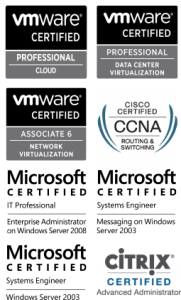I’ve tried countless ways of copying and syncing files in the past, the last being the venerable SyncBack backup program.
Although it served its purpose, these days I’m not a fan of installing more applications than absolutely needed, so I thought I’d explore built-in options again.
I’ve used xcopy previously, but I wanted to try something new. Enter Robocopy…and no, it has nothing to do with this guy:



